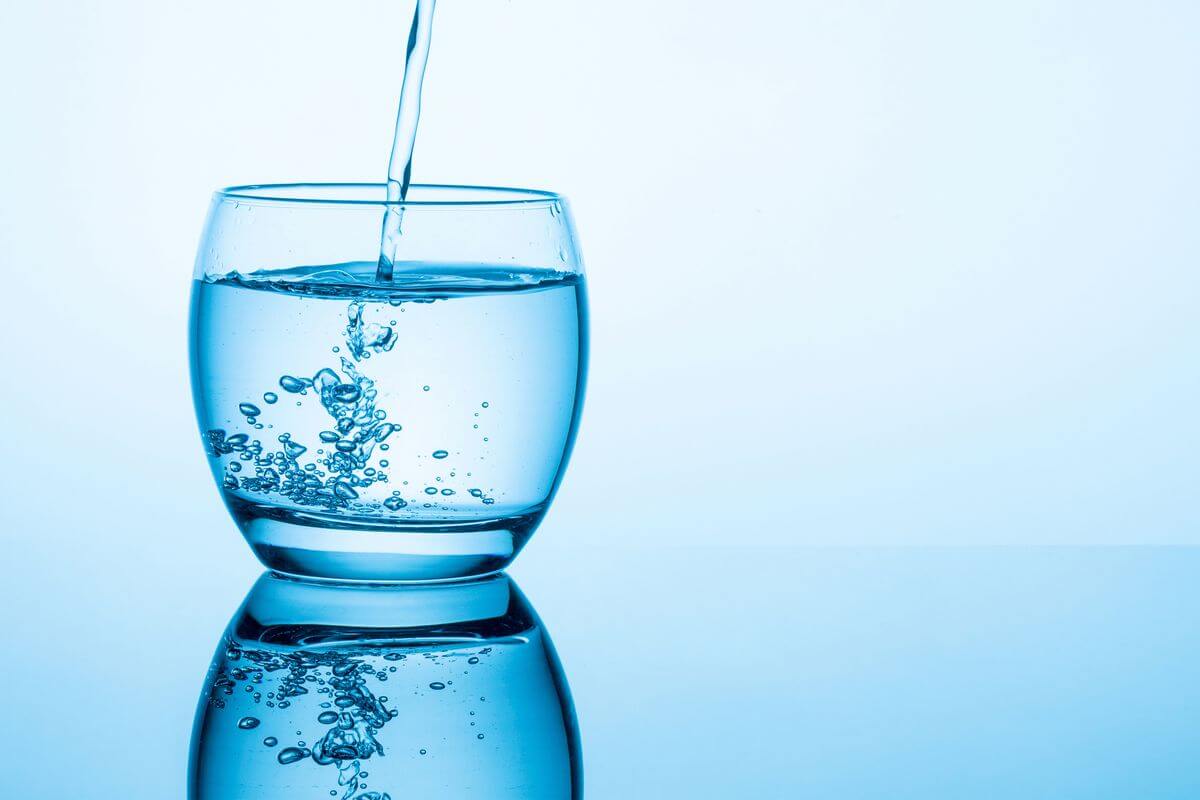The science of hydration: how much water should you really drink? #21

There are many views on how much water you should drink each day. Some studies recommend eight glasses a day, while other guidelines suggest using your thirst as a guide. But what does the science say? How much water should you really drink to stay hydrated?
Hydration is essential for the human body
Our bodies are made up of around 60 % of water, and this vital nutrient plays a crucial role in regulating body temperature, transporting nutrients and supporting all vital organ functions. Drinking enough water can also help to improve cognitive function, enhance athletic performance and prevent fatigue and headaches.
However, the amount of water you need can vary greatly depending on factors such as age, gender, body weight, activity level and general health. According to the German Nutrition Society (DGE), adults should drink an average of around 1.5 litres of water per day - but this can be considered a minimum amount. Some health organisations, including the World Health Organisation (WHO), recommend higher amounts, especially for active people and those living in warm climates.
It is important to emphasise that it is not only the water we drink directly that contributes to our overall water intake. Food, especially water-rich fruits and vegetables, can also contribute to our hydration. For example, a medium-sized orange or tomato provides almost 100ml of water.
Another factor to consider is the loss of fluids through sweating, breathing and excretion. During intense physical activity, in hot climates or during illnesses accompanied by fever or diarrhoea, the loss of fluids can be considerable and requires a higher water intake.
So what's the best way to make sure you're sufficiently hydrated?
1.
Listen to your body. Thirst is a pretty reliable indicator that your body needs more water. If you're thirsty, drink. However, if you live in a hot climate or exercise, you may also want to drink before you feel thirsty, as your body may already be dehydrated by the time you feel thirsty.
2.
Observe the colour of your urine. A light yellow colour is usually a good sign that you are well hydrated. If your urine is darker in colour, this could be a sign that you need to drink more water.
3.
Make sure you drink enough water before, during and after training. Intense physical activity leads to increased fluid loss through sweating and therefore increases the need for hydration. A general rule is to drink about 500ml of water two to three hours before exercise and then continue to drink as needed during exercise.
It is also important to bear in mind that certain groups of people may be more susceptible to dehydration. Older people, for example, often do not feel as thirsty and may therefore drink too little. Pregnant and breastfeeding women also need more fluids than others.
But what about the theory that too much water could be harmful?
This is indeed possible, but unlikely in practice. Excessive water intake can lead to a condition known as water intoxication or hyponatraemia, where the sodium in the blood drops to dangerously low levels. However, this is usually only a risk for people who drink extremely large amounts of water in a very short period of time.
Conclusion:
To summarise, optimal water intake can vary greatly from person to person and depends on many factors, including age, gender, body weight, activity level and climate. Thirst is a good first guide, but additional signals such as urine colour and general energy levels can help to ensure adequate hydration. If in doubt, it is always advisable to consult a doctor or nutritionist.
Remember: water is a vital nutrient and adequate hydration is a key element of our health and well-being. So make sure you drink enough - your body will thank you for it!
